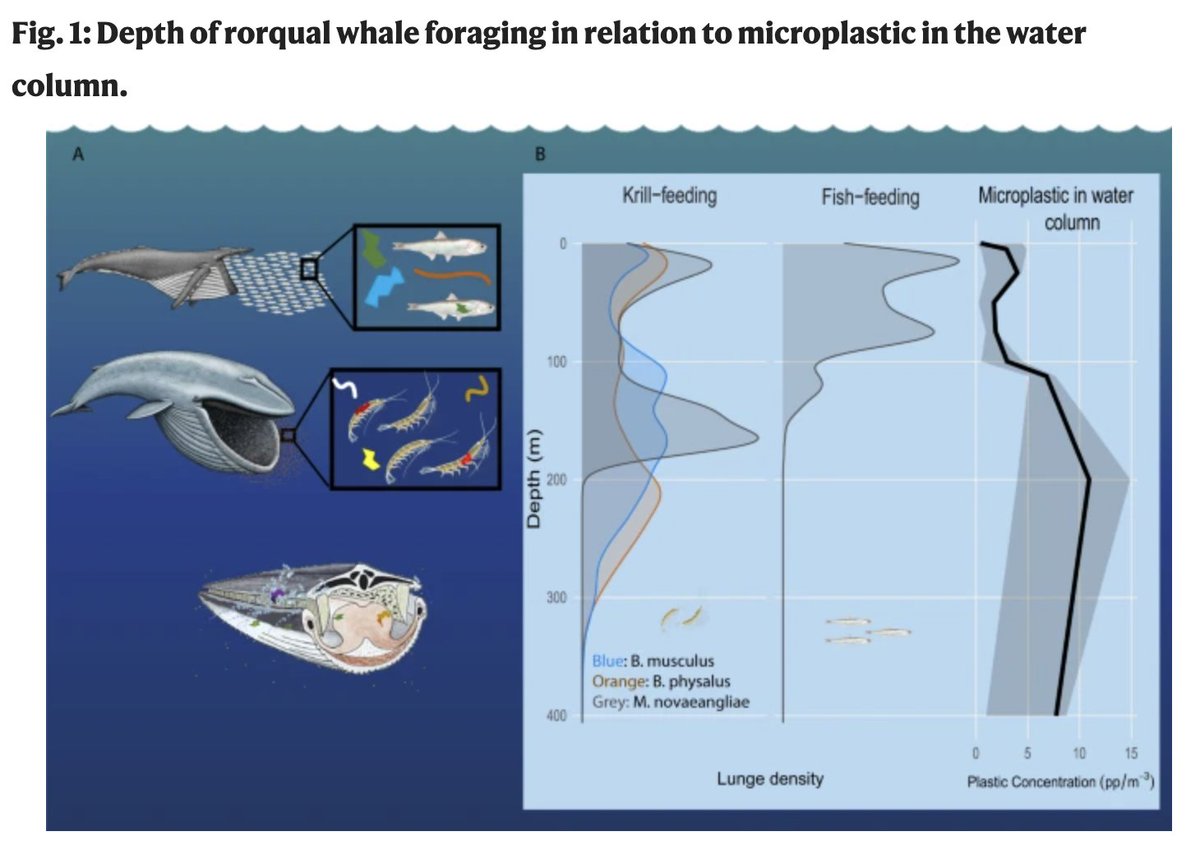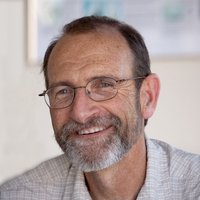
Chris Field
@chrfield
Director, Stanford Woods Institute for the Environment
Find me on Mastodon: @[email protected]
Find me on BlueSky: @chrfield.bsky.social
ID: 277320871
http://woods.stanford.edu 05-04-2011 03:58:11
1,1K Tweet
5,5K Followers
168 Following

New paper Frontiers of Agricultural Science and Engineering predicts that increasing temporal variability in precipitation will reduce crop yields & increase nitrogen losses. This is expected & observed to occur w/ anthropogenic #climatechange: bit.ly/3ffXpCv


New Environmental Science & Technology Journals study by Yang Liu and Meagan Mauter of WE3Lab Members & Meagan Mauter and Stanford Engineering presents a high-resolution carbon accounting framework for urban water supply systems: bit.ly/3BHUSZi

New NatureSustainability paper quantifies a social cost of US #wildfires: smoke exposure reduces test scores. (Fixed-effects regression models controlled for confounds like temp & precipitation). From Jeff Wen & Marshall Burke StanfordECHOLab: go.nature.com/3e8wgBd

.Bill Gates visited @Stanforddoerr to learn how our researchers are tackling climate challenges. He met #StanfordWHD faculty affiliate @TarpehDiem, who transforms sewage into valuable products. Read more about Tarpeh's work ➡️ stanford.io/3Rz9sIB

New Marine Policy paper from scientists at Stanford Center for Ocean Solutions @natcapproject & @Hopkinsmarine offers an understanding of the compounding risks posed by multiple interacting ocean stressors & a framework for policymakers to integrate into decision-making: bit.ly/3RFVp3H
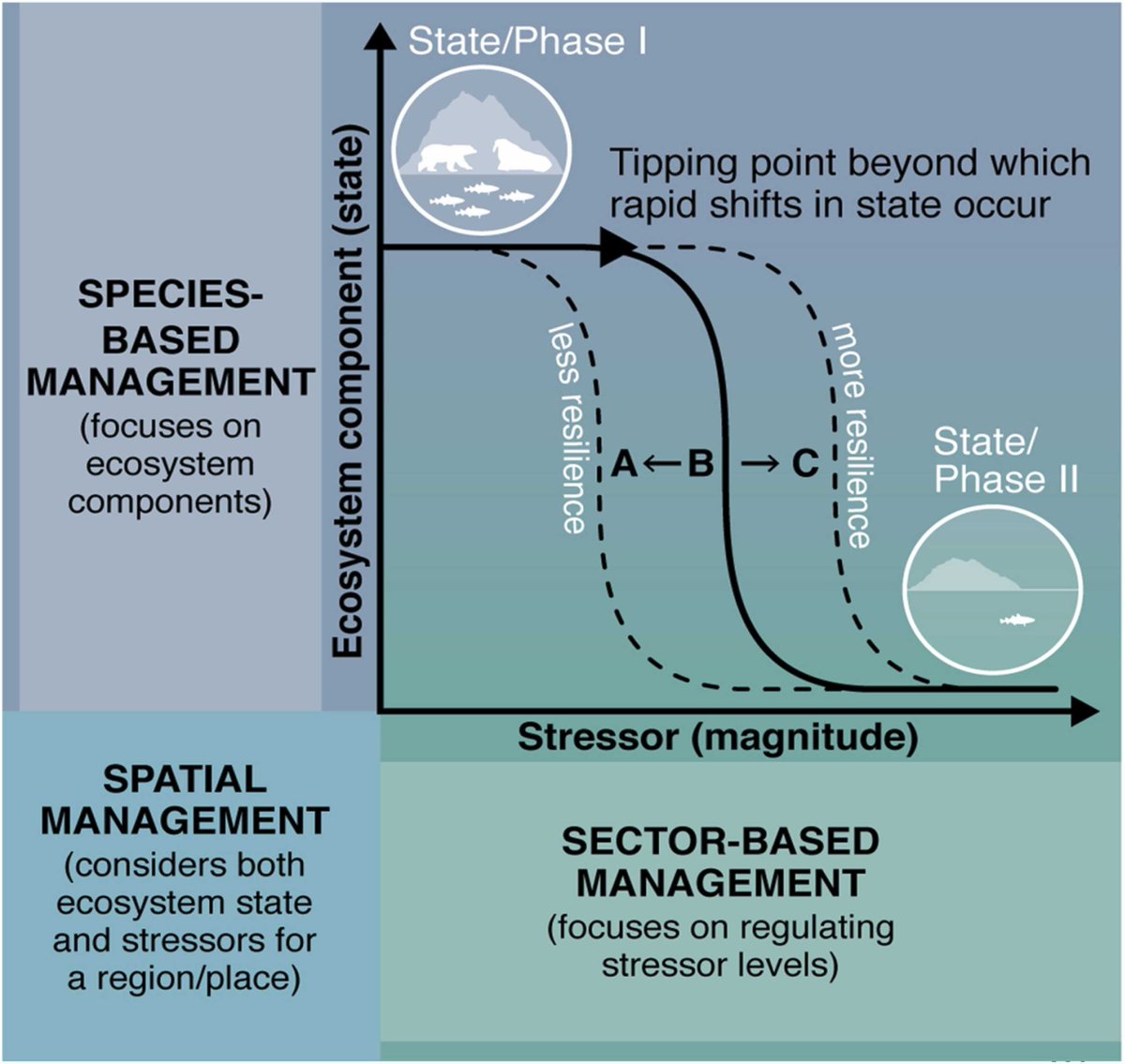

New The ISME Journal study on microbial activity off the #california coast from Anne Dekas, @NestorArandia & Alma Parada. Study detects activity throughout the water column & exceeds previous estimates for the proportion of active cells in the deep sea. go.nature.com/3embNZT

New in SRA - Society for Risk Analysis from @WongParodi_grp and others: Exposure to traditional media (TV, radio, etc.) predicts mitigation behaviors for both COVID-19 & hurricanes, but exposure to social media does not. bit.ly/3ML5ADh

New in Annual Reviews: Comprehensive review from Noah Diffenbaugh examines observed and hypothesized enviro impacts of the COVID-19 pandemic; finds acute risks to many terrestrial and marine ecosystems and communities that depend on them. bit.ly/3z9zCeB
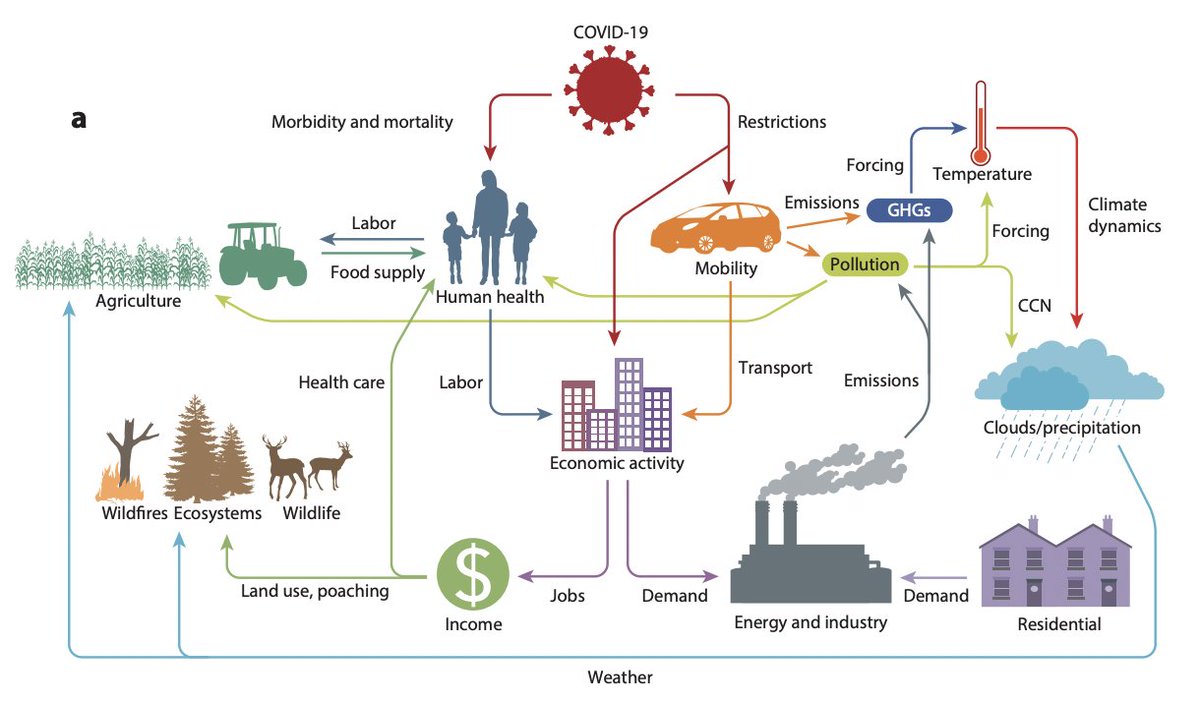


Fighting fire with fire 🔥 Experts Rana Sarkar, Amy Christianson, Alexandra Konings, & Frank Lake discussed the growing threat of #wildfire and a path to resiliency w/ moderator Chris Field. Watch the webinar 🎞️ bit.ly/3Dvso5N Read insights💡stanford.io/3UnHEbE

New from David Lobell et al. in Global Change Biology: Cover crops reduce maize & soybean yields in U.S. Corn Belt. Study suggests cover cropping could lead to negative impacts despite being encouraged as a method of carbon sequestration: bit.ly/3G85F2y

New in The Lancet Planetary Health: Analysis from Stanford University, Princeton University, et al. explores direct vs environmental disease drivers. Finds 80% of pathogens are environmentally mediated, supporting the need for more research on #environmental solutions to human diseases: bit.ly/3fYjzKg
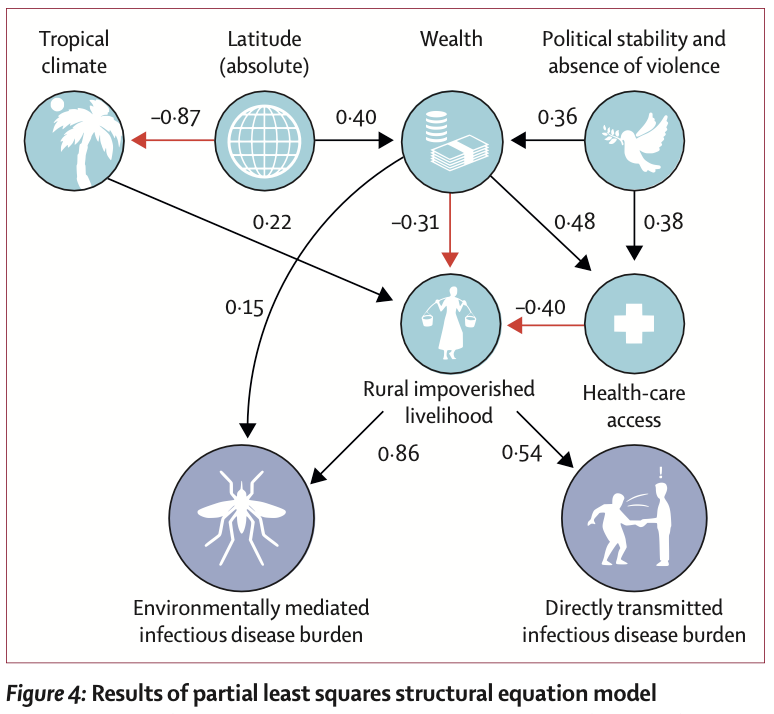


From David J. Hayes: an insider’s view on the Biden administration’s #climate resilience strategy - how the US federal government is approaching major climate risks. Important context for current adaptation conversations at #COP27. Read: stanford.io/3UoaFVc
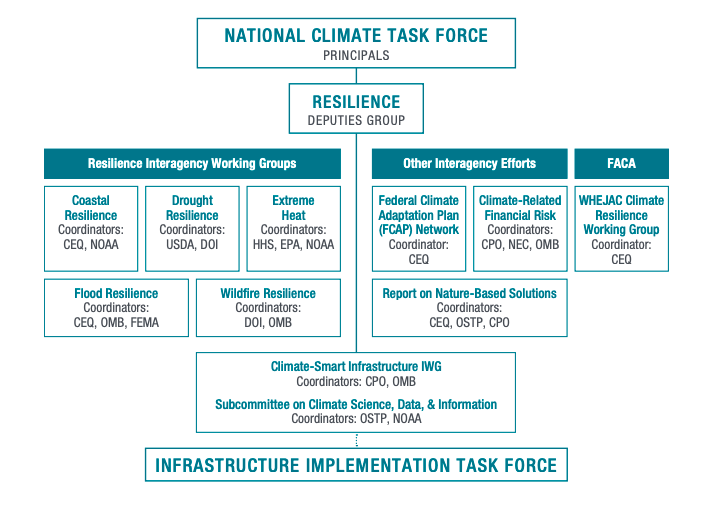

New in Nature Communications: Beaver dams positively influence water quality in mountain watersheds, overshadowing climatic extremes. Warmer weather -> more beavers -> more dams -> removal of nitrate that would otherwise lead to water quality degradation: go.nature.com/3E6IFOT


It was a pleasure to moderate the Stanford University #COP27 side event with Princeton University and Cornell University covering the 2022 Global Carbon Budget GlobalCarbonProject, creating impact at scale @StanfordDoerr, and decarbonizing #agriculture World Resources Institute. Read summary: stanford.io/3Oqp0hK

Paper in @natureecoevo develops a framework to assess the role that various social cues play in animal's migration decisions. Applies framework to existing cases documenting the influence of social cues on the timing of animal migration. go.nature.com/3hADoaM Hopkins Marine Station Stanford University
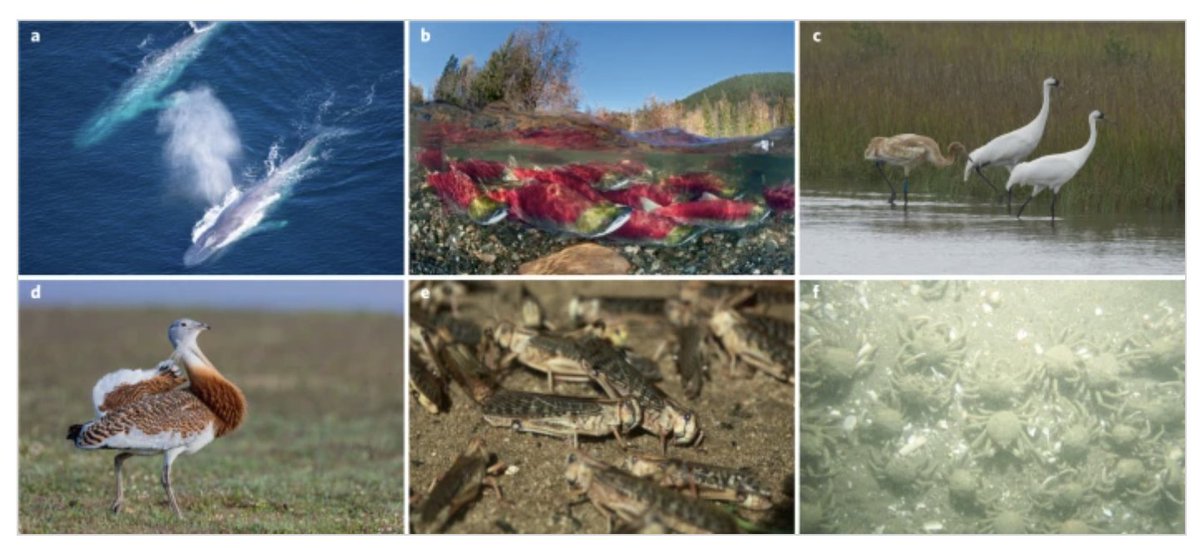

New in NatureEcoEvo: Study maps global locations of critical natural assets. Shows that conserving 30% of global land & 24% of coastal waters would sustain 90% of nature’s current contribution to people. Collab led by Institute on the Environment UMN w/ Natural Capital Project. Read: go.nature.com/3AYyGdQ
